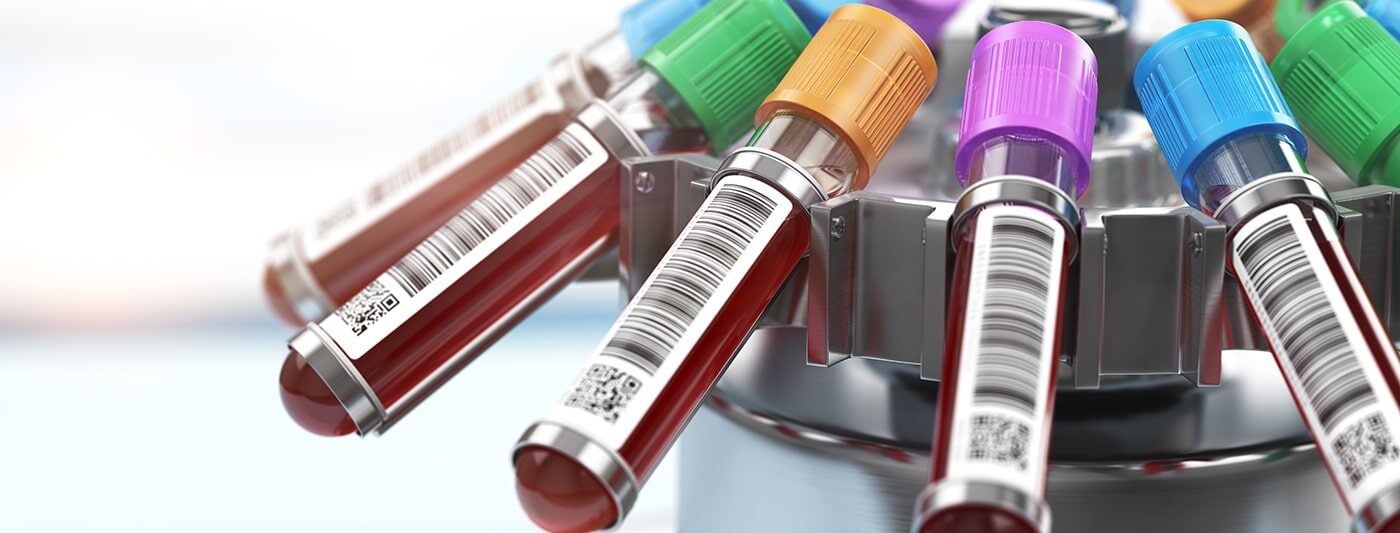Beyond methylation support, what can we do to mitigate the effects of too much homocysteine? While you’re working on bringing an elevated homocysteine down to optimal levels, there are other interim interventions that can reduce its negative effects. Read on for more info.
Homocysteine in clinical practice
Homocysteine is one of the most prominent laboratory biomarkers used to assess methylation status. Although we never rely on just one indicator alone, this is one that we routinely assess in our patients presenting with a myriad of different symptoms and conditions.
We like to see homocysteine within a range of 4-7 nmol/mL. Both too little and too much can be problematic. In this article, we’re looking at one of the ways we address too much homocysteine, but you can read Dr. Fitzgerald’s thoughts on too little homocysteine here if you are interested.
Damage inflicted by too much homocysteine
Homocysteine is associated with cellular injury, specifically to the endothelial cells that line our blood vessels. For those familiar with the biology, homocysteine appears to exert stress on a cellular component called the endoplasmic reticulum, which creates reactive oxygen species and INFLAMMATION. We know that chronic inflammation can act both locally and on other parts of the body to damage tissue and cause problems.
Homocysteine may also negatively affect another cellular component, the mitochondria. These are crucial energy-producing organelles, producing the ubiquitously-used energy ‘currency’ called ATP (adenosine tri-phosphate). Reduced energy output, as you can imagine, has huge knock-on effects on nearly every other cellular function.
Disruptions in the methylation cycle can also influence levels of homocysteine’s precursor, s-adenosyl homocysteine, which may have even more potent effects than homocysteine and is known to block appropriate DNA methylation, which is crucial for proper gene regulation.
Methylation support reduces homocysteine
A good strategy for methylation support is appropriate for reducing an elevated homocysteine. This is where we like to take a comprehensive diet and lifestyle approach as outlined in our eBook, rather than just singular B vitamin supplementation.
But what to do while you’re waiting for homocysteine to come down?
In the interim, research shows that there are several natural compounds, familiar to all Functional Medicine practitioners, which can attenuate the damaging effects of homocysteine on cellular function and our patient’s symptoms. These include:
Most of these compounds are found in foods, but all are also found in supplement form.


 The Best Indoor Air Purifying Machines… and Plants!
The Best Indoor Air Purifying Machines… and Plants!